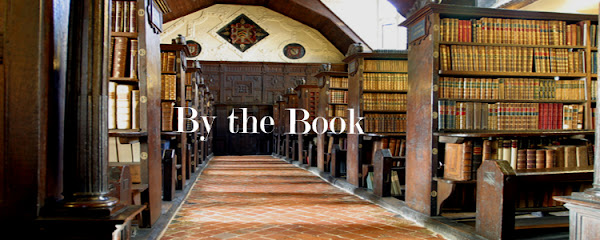Would you be impressed if I told you about a man that traveled a quarter of a million miles in his lifetime? Yes, 250,000 miles. And that he visited over 200 separate cultures? I doubt any of us come close to that. And what if I told you this man traveled without the help of airplanes, steam ships or railroads, instead traveling on foot, horseback, in carriages or on boats powered by the wind? Impressed yet? And what if I told you that this incredible world traveler was totally and utterly blind? Astonished? Amazed? Then read on!

The man I have described is James Holman, a British naval officer who lived in the early 1800s, who lost his sight early in his adulthood. His story is told in A Sense of the World: How a Blind Man Became History's Greatest Traveler
 around the entire globe, with memorable stops off the coast of Africa, in Brazil, Madagascar and China. His last major excursion was through Scandinavia. Although his books describing his journeys were often met with criticism ("How can a blind man possibly write a travel narrative? He didn’t see anything!"), Holman insisted that his sightlessness allowed him to experience and absorb his surroundings through the other senses in a more complete manner than if he was relying on sight alone. A very interesting concept. The author sums up Holman this way: "Alone, sightless, with no prior command of native languages and with only a wisp of funds, he had forged a path equivalent to wandering to the moon." Pretty remarkable!
around the entire globe, with memorable stops off the coast of Africa, in Brazil, Madagascar and China. His last major excursion was through Scandinavia. Although his books describing his journeys were often met with criticism ("How can a blind man possibly write a travel narrative? He didn’t see anything!"), Holman insisted that his sightlessness allowed him to experience and absorb his surroundings through the other senses in a more complete manner than if he was relying on sight alone. A very interesting concept. The author sums up Holman this way: "Alone, sightless, with no prior command of native languages and with only a wisp of funds, he had forged a path equivalent to wandering to the moon." Pretty remarkable!I’ll stop here so I don’t give away the whole story. This is a really wonderful book and if you want to hear more about Holman’s unlikely travels, the interesting and often famous people he met, his deaf friend and traveling companion (could there be a more unlikely duo?), his knighthood or his unique method of tapping a stick to "see" his surroundings (echolocation), I recommend you Buy the Book!







No comments:
Post a Comment